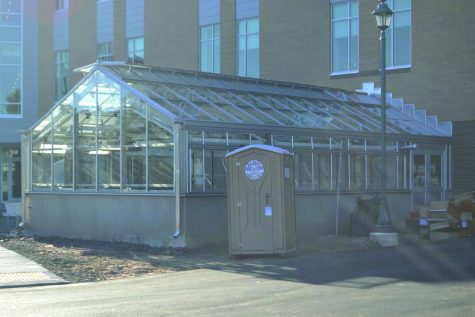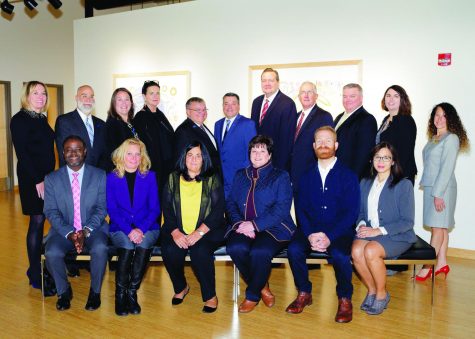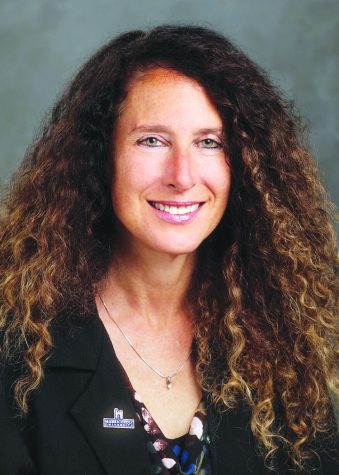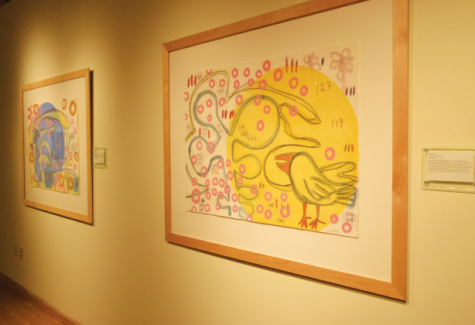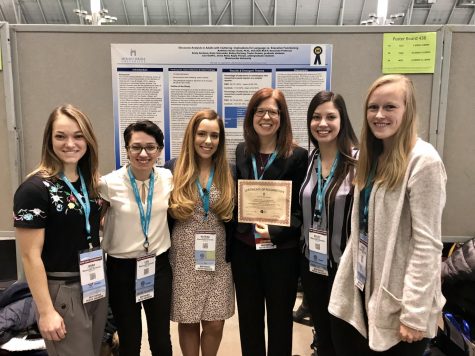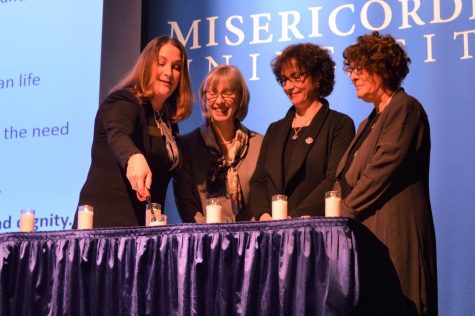Health Sciences Students Form Healing Team
February 9, 2019
The medical community is a machine, a careful system composed of key components, all working together in delicate unity and balance. When all these components move at once, the medical machine can operate at its greatest efficiency. This concept is the fuel powering the College of Health Science Interprofessional Education (IPE) Simulation Event, which is an elaborate experience placing three majors from the Health Sciences together in a simulation, designed to both test and strengthen the professional communication ties of the medical science world.
In the age of social media and technological connections, this simulation experience helps healthcare students understand the importance of effective face-to-face verbal communication. One hundred and thirty health science students participated in an interprofessional experience Nov. 7 in the Nursing Simulation Lab in Passan Hall.
“The purpose of this simulation is to allow the three health science majors – nursing, physical therapy, and medical imaging – learn to effectively communicate with other students in the other disciplines in order to provide better patient care,” said Audrey Cunfer, Clinical Simulation Coordinator.
This IPE event started a few years ago and continues to be an important component in the education of health science students. A unique aspect of this simulation experience is the use of standardized patients.
“Standardized patients are volunteer senior citizens from the community to play the role of the patient in the simulation. When we started this simulation, we had students play the role of the patient but now it is more realistic with actual older adults playing the part of the patient,” said Cunfer.
The use of standardized patients, someone who is trained to act as a real patient in clinical simulation, is a growing trend in health care education. The human interaction between the patient and the health care student creates a more realistic and engaging learning experience.
“This is a very important experience for students,” said Lisa Wolfgang, a volunteer standardized patient.
“In the real-world healthcare professionals need to learn how to work together and be able to communicate with each other,” she said.
The simulation experience placed a nursing student, physical therapy student, and a medical imaging student in a clinical scenario that required them to provide care as a team to the same patient. Students from each discipline had their own medical orders to carry out and needed to communicate with other students to provide the patient with the necessary care.
“I think this was a good opportunity,” said Nick Hromek, a junior nursing student. “You get to see how everyone has their own unique role and each discipline is an important piece to the puzzle. Seeing each other’s role will help to provide more complete care to the patients.”
Emily Buerger, a physical therapy student, talked about how this opportunity helped her prepare for a future working in healthcare.
“I think it is important to see how the different health care roles impact the care of the patient and how important it is to communicate with each other,” Buerger said.
“This was a really beneficial experience to see how real-life is going to be. It will help to prepare us for when we start working with each other,” Alex Tirko, a physical therapy student.
Carrie Kinney, a junior nursing student added, “I think it was an interesting experience and something we don’t get to do in the clinical setting. This experience will help us learn how to better communicate with each other which is super important.”
Racheal Naylor, a medical imaging student said the experience will help to prepare her for a future working in healthcare.
“It helps you appreciate what each other does while learning how to communicate with other team members in the healthcare setting.”
Faculty from each discipline collected research data on the effectiveness of this experience in enhancing students’ communication skills, and they submitted their research for publication to “Radiological Technology,” a professional journal.

